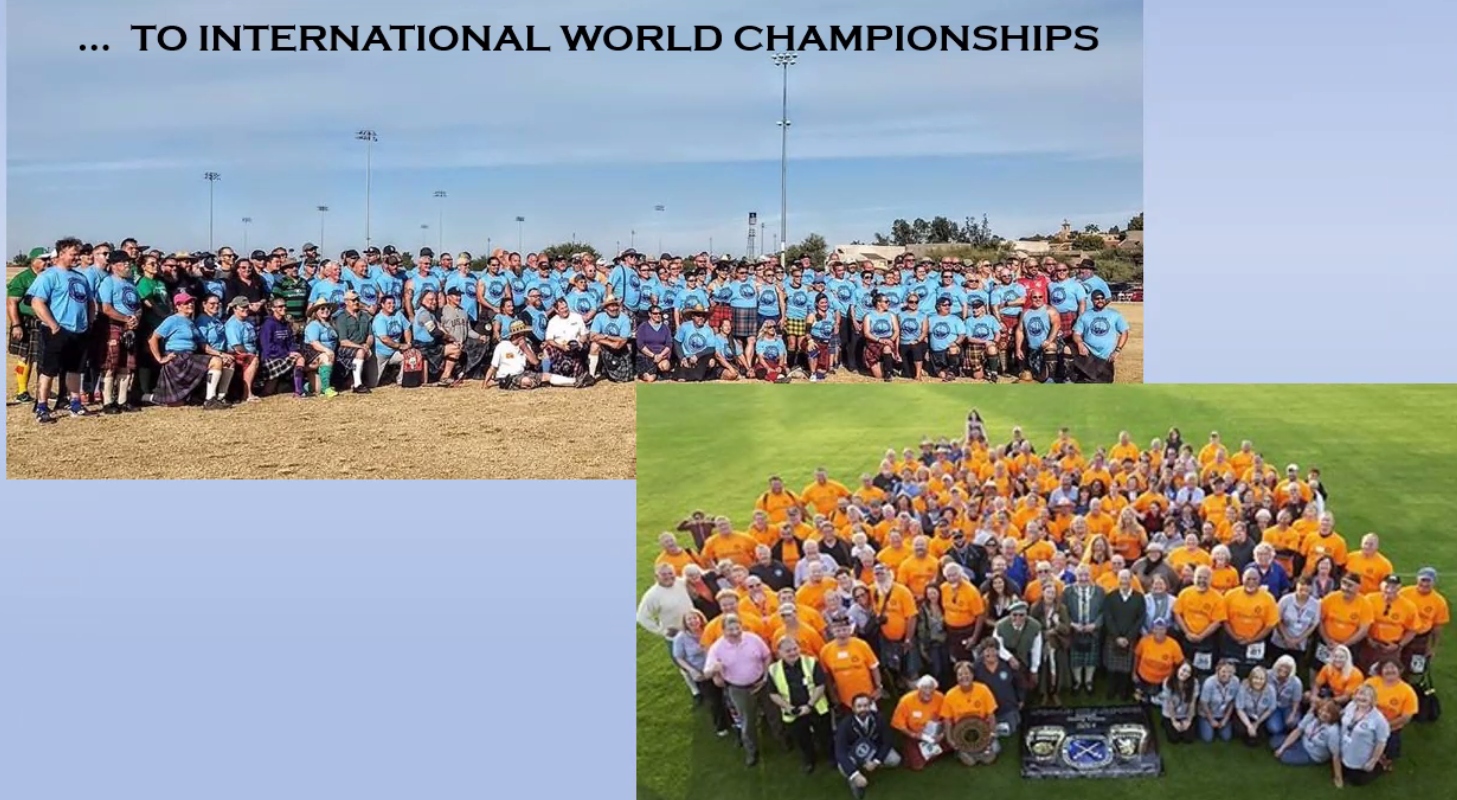Club Updates
Don't forget about the challenged student luncheon at West Ottawa on April 28th (Next Meeting). We would like to have at least 30 Rotarians attending.
♣ Only 2 weeks ago John Helm drew the Ace of Clubs from a greatly diminished deck of cards. This week our Junior Rotarian from Holland Christian Grace Lappenga drew the Ace of Clubs from an almost complete deck of cards. Treasurer Bev needs to write another check and Sergeant-At-Arms David needs to buy another deck!
Signup for Tulip Time Grandstand Greeters is still open. If you're not marching in the parade Thursday with the area Rotarians, you can be in the stands having fun with the visitors.
And speaking of marching in the parade, did you know that your family is welcome as well? Robert Ortman is looking for a few more people to portray Wizard of OZ characters on the float. We need a tin man, scarecrow, and cowardly lion.
April 23rd is our highway cleanup day. Let Mike Moraw know you'll be there to help.
The club is planning a social dinner event for members and spouses at the MBYC on May 17th. More details to follow.
Kate Boeve, Highland Games Competitor
Kate became a Highland Games competitor when she attended the Kalamazoo Scottish Festival in 1997 to watch. They had no women competitors and asked if she and her sister would like to compete. They did compete and both are still competing. Kate is currently ranked 2nd internationally in her age group. She shared this picture of the last 2 world championship competitors.

Highland Games started in the Medieval era with Scottish King Malcolm III (1057-1093). Because they use equipment that is natural like stones, trees, and sheaves they were allowed during the time of England ruling Scotland when weapons were illegal.
There are 9 events in the Highland Games. Some of these events have modern equivalents in Track and Field. Every competitor must compete in all nine events. Like Track and Field, the scoring is the sum of your place in each event. If you came in first place in every event, you would have a score of 9.
- Braemar Stone - Braemar is a river in Scotland and this event became the modern-day shotput. The stones are round and start on the competitor's shoulder.
- Open Stone - Another throwing event.
- Heavy Weight for Distance - The weight is held on a chain and released. The weight used depends on the class of competitors.
- Light Weight for Distance - Same throwing event but with a lighter weight.
- Heavy Hammer - A weight on the end of a pole where the competitor spins round and releases the pole.
- Light Hammer - Some hammer competitors will spin multiple times, looking like a propellor!
- Weight over bar - The bar is adjustable like a high jump bar and the weight is thrown vertically.
- Sheaf Toss - The sheaf is also tossed vertically over a bar using a pitchfork. Kate says that the best pitchforks are made by the Amish. She also holds the world record for this event at 19.5 feet.
- Caber Toss - A caber is a tree that is made smooth so it won't hurt the competitor when they pick it up and run with it. When they are ready to throw it from their run they stop and try to throw the caber as close to the line along which they were running. The judge runs behind them and judges the number of degrees off the line. Each class of competitors will select the caber with which they will all compete before the event.
This year's international championship will be in Moncton, New Brunswick Canada. Next year it will be in Friesland, Netherlands. The sport is practiced by many families who will set up tents on the competition field. Younger athletes who competed in Track and Field in High School or College are often attracted to highland games because of the similarity to modern events.

.png)